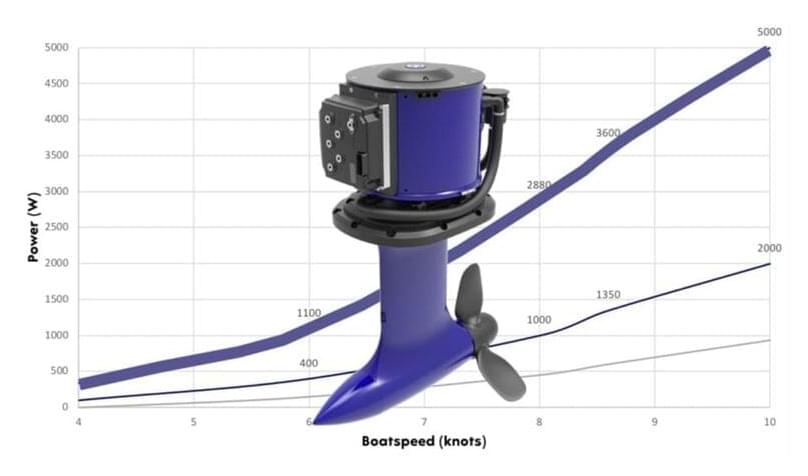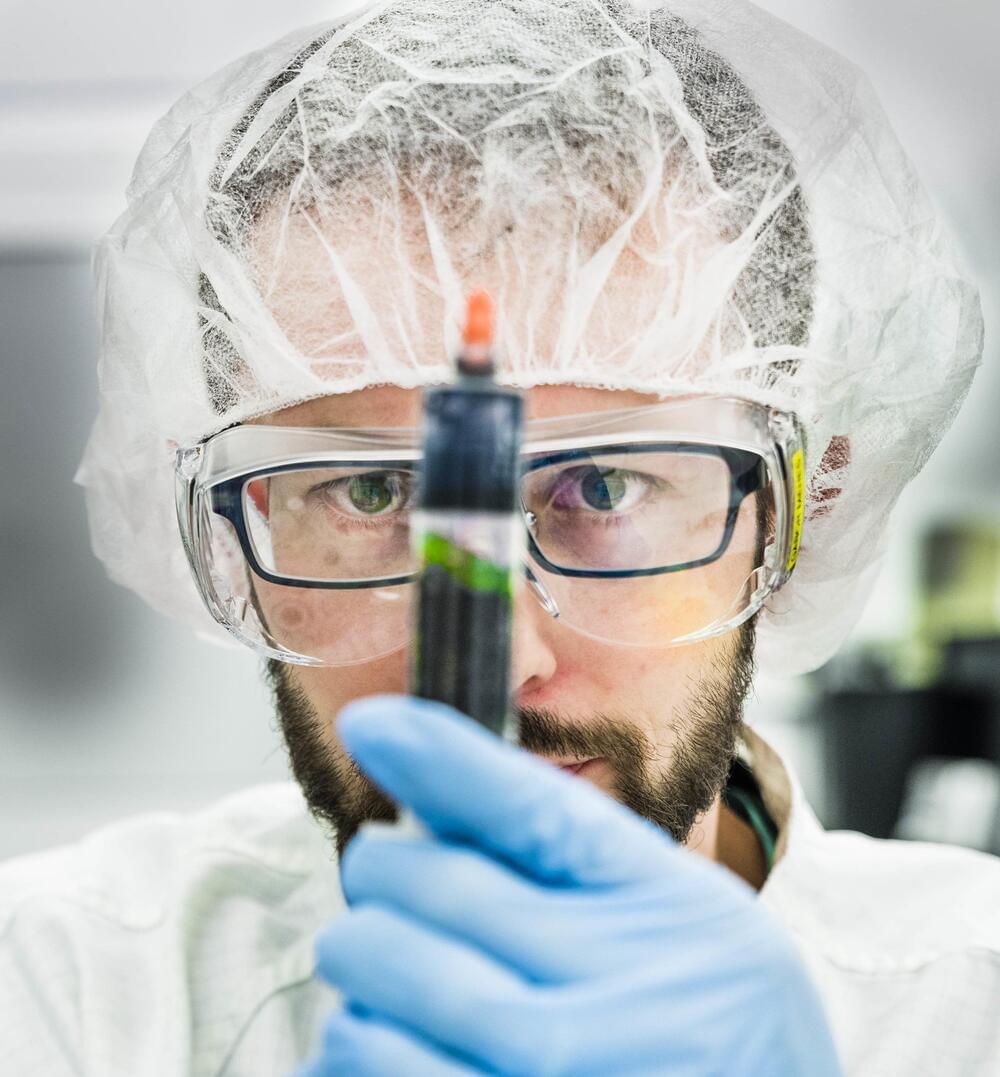The Open Letter proposing a pause on giant AI experiments exaggerates hypothetical future harms while ignoring steps that can be taken immediately to mitigate them.



Black holes are found throughout our universe. However, astronomers have discovered two new black holes close to Earth that have raised some eyebrows. While discovering black holes near Earth isn’t unusual, these two holes are much further from their stars than expected.
This has presented some questions for astronomers because it differs from how these binary systems are usually set up. Normally, when a black hole and a star share a system, they are known as binary systems, and the black hole usually eats away at the star.
That eating of the star is what makes the black holes much easier to spot, as they give off high-energy readings. However, black holes like these found close to Earth that are further from their star are “dark,” not creating high bursts of energy because they aren’t eating away at their star.
Combination of my Single track releases organised into album listening experience.

From squabbling over who booked a disaster holiday to differing recollections of a glorious wedding, events from deep in the past can end up being misremembered. But now researchers say even recent memories may contain errors.
Scientists exploring our ability to recall shapes say people can make mistakes after just a few seconds – a phenomenon the team have called short-term memory illusions.

Large language models are drafting screenplays and writing code and cracking jokes. Image generators, such as Midjourney and DALL-E 2, are winning art prizes and democratizing interior design and producing dangerously convincing fabrications. They feel like magic. Meanwhile, the world’s most advanced robots are still struggling to open different kinds of doors. As in actual, physical doors. Chatbots, in the proper context, can be—and have been—mistaken for actual human beings; the most advanced robots still look more like mechanical arms appended to rolling tables. For now, at least, our dystopian near future looks a lot more like Her than M3GAN.
The counterintuitive notion that it’s harder to build artificial bodies than artificial minds is not a new one. In 1988, the computer scientist Hans Moravec observed that computers already excelled at tasks that humans tended to think of as complicated or difficult (math, chess, IQ tests) but were unable to match “the skills of a one-year-old when it comes to perception and mobility.” Six years later, the cognitive psychologist Steven Pinker offered a pithier formulation: “The main lesson of thirty-five years of AI research,” he wrote, “is that the hard problems are easy and the easy problems are hard.” This lesson is now known as “Moravec’s paradox.”


It may not offer infinite range, but it’s close. The new Oceanvolt ServoProp saildrive has a regeneration feature that efficiently charges up an electric boat’s batteries while sailing.
Many people think of sailboats as being purely wind powered. While smaller sailboats usually are, most decently sized sailboats have a motor for maneuvering in a marina or when the winds die down.
Saildrive motors are an innovative propulsion system commonly found on modern sailboats, offering a compact and efficient alternative to traditional shaft-driven inboard engines.

Researchers at the Laboratory of Organic Electronics, Linköping University, have together with colleagues at the Lawrence Berkeley National Laboratory in Berkeley, California, developed a method that increases the signal strength from microbial electrochemical cells by up to twenty times. The secret is a film with an embedded bacterium: Shewanella oneidensis.
Adding bacteria to electrochemical systems is often an environmentally sensitive means to convert chemical energy to electricity. Applications include water purification, bioelectronics, biosensors, and for the harvesting and storage of energy in fuel cells. One problem that miniaturisation of the processes has encountered is that a high signal strength requires large electrodes and a large volume of liquid.
Researchers at Linköping University, together with colleagues at the Lawrence Berkeley National Laboratory in Berkeley, California, USA, have now developed a method in which they embed the electroactive bacterium Shewanella oneidensis into PEDOT: PSS, an electrically conducting polymer, on a substrate of carbon felt.
